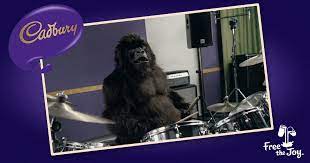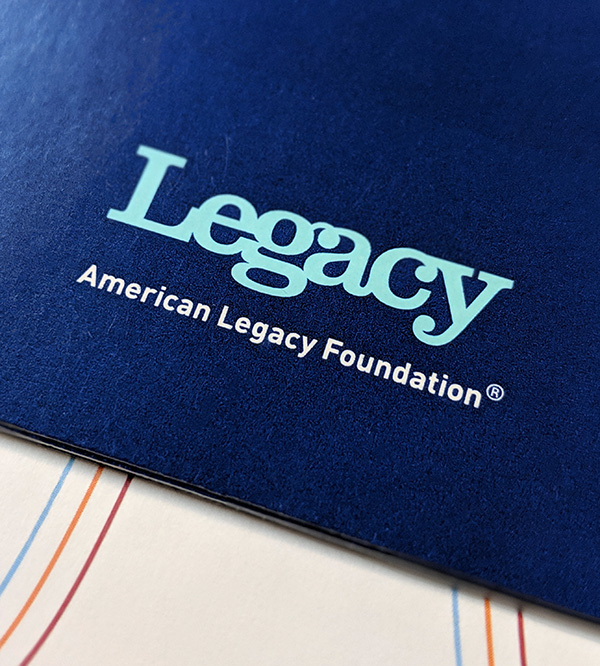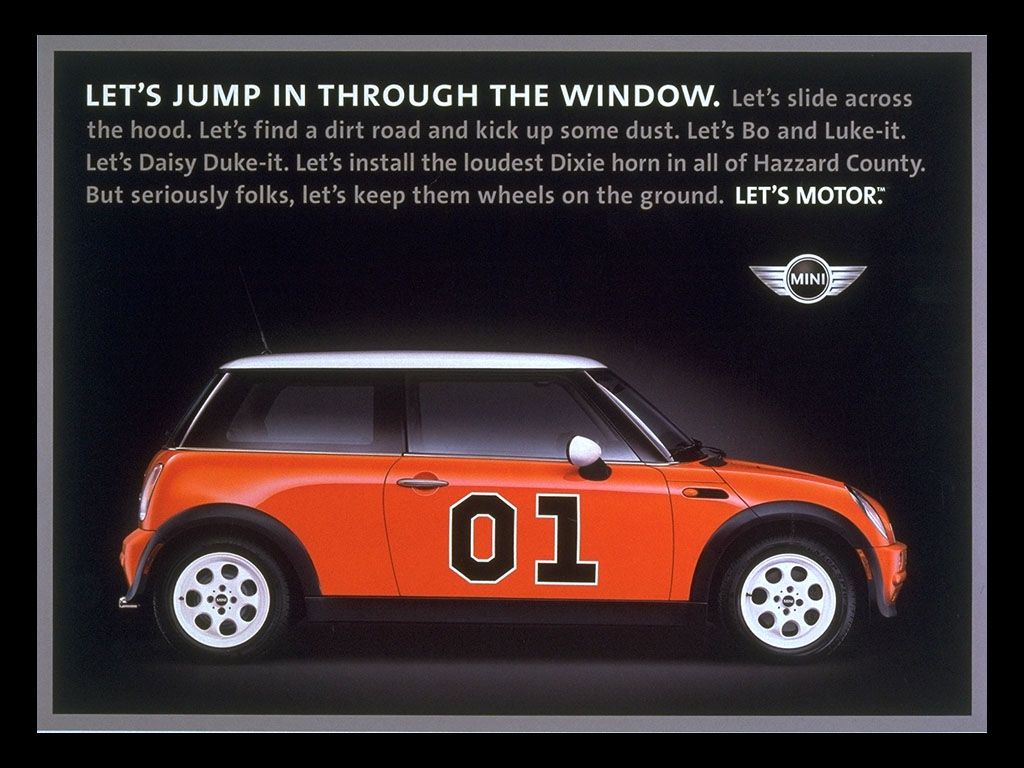Iconic Ads: Cadbury’s – Gorilla

When we watch the Gorilla ad, our brain assumes there is a story and tries to make sense of the narrative and hence it became a success
According to Phil Rumbol, Director of Marketing, Cadbury in 2006, the whole business had become quite sober, humourless and serious, forgetting that it is chocolate and should be a lot more fun – Willy Wonka-ish.
The task of rekindling the customers’ affection for Cadbury’s chocolate had fallen to Rumbol when he joined the company a year earlier. As a result of the salmonella scare that occurred in 2006, consumers were naturally wary of the company’s products. The brief was to rekindle the affection of a lost set of customers and re-establish an emotional connection. He specified to Fallon, the advertising agency that he desired an advertisement that would be as enjoyable as Cadbury’s chocolates
The Idea
Juan Cabral at Fallon had an idea but it wasn’t meant to be an ad though. He was at another set for another advertisement waiting for the rain to clear. There was a big debate among the people there on who did the best solo in drums. Many names were quoted by others but Cabral felt it was Paul Collins who was the best.
He began to explain to them why he held that opinion. He felt that Collins’ drumming resembled that of a gorilla. And the image of a gorilla had already formed in his mind as soon as he said it. Cabral returned home that night with a serious intention was wanting to write a short film script.
He finished the shoot and got back to the hotel and wrote down a paragraph. The next day he wrote it fully, all the camera moves and everything. He talked to colleagues about turning the idea into a short film. But before that could happen, Cadbury had approached Fallon London, with that unusual brief.
After the shoot was over, he returned to the hotel and penned a paragraph. The following day, he finished scripting it in its entirety, down to the camera movements. He discussed the possibility of making a short film out of the concept with his coworkers.
But that was around the time when Cadbury gave that unusual brief to Fallon.
The presentation & the problems
A week later, in March 2007, Fallon presented “Gorilla. As soon as Rumbol and his team saw/ heard it, they immediately realised it was bang-on to the brief in terms of evoking an emotional response. Cabal recalls that he and his team walked into the side room with a smile on their faces after hearing the script. He didn’t know why, but he knew they had to do it.
To Cabral, it was “the best meeting of all time.”‘In the Air Tonight,’ by Phil Collins started to play and Cabral read the script. Toward the end, he could tell something had changed, though he wasn’t sure if it was good or bad. The Cadbury team went out of the room, and when they returned, they said they loved it. Fallon and Cabral in particular were delighted
The problem was, that no one else at Cadbury shared his enthusiasm for the idea.
To say his superiors were taken aback and thought he was mad when Rumbol revealed the idea was an understatement.
What was the idea? A 90-second commercial, no dialogue, and no product shown; instead, a guy in an animatronic gorilla suit playing the drums in an empty room. ‘Let’s get this right,’ they said. “You want to make an ad that’s three times longer than a normal ad, has got no Cadbury’s chocolate in it and there’s no message?”
The ad’s “randomness,” as Cabral describes it, is something that today’s consumers have grown accustomed to. A salmonella scare had put the company on edge and they were wary of doing anything that could jeopardise their reputation again.
Following that, Cadbury made its way to Fallon. Rumbol gave the go-ahead. He would use the time to convince his colleagues.
The production
An animatronic gorilla costume with sufficient realism to give the desired “documentary” feel was sought by Cabral. It’s a joke, but there are 60 seconds where nothing happens – just a gorilla and Phil Collins. However, the script was written very seriously.
They saw a lot of gorillas, and with CGI still in its infancy, there was little room for error when it came to the costume. He found it at the Stan Winston Studio in Hollywood, which had previously worked on movies like Predator, Jurassic Park, and Aliens.
A promising gorilla costume from the 1995 film Congo was floating around. It was a costume for a female. To achieve the look they were going for, they padded up the chest and added distinctive features like the gold tooth that appears when the gorilla grimaces at the camera when it gets too close.
Who was going to be inside? People can’t see anything in those outfits, they have to memorise the scene. They enlisted the services of actor Garon Michael, who had prior experience in the field of costume work but not in drumming. It took him some time to perfect the Phil Collins solo because he wanted to sound like a creature who had been “waiting for this moment all its life.” Micheal couldn’t see anything. He had to play while simultaneously watching himself on a monitor because the suit had a camera hidden inside.
Filming & editing took one & two days respectively. The ad was delivered in a month.
Cabral that he was pleased with the final edit, but Rumbol was less so. After seeing the edit, Rumbol found it below average and was willing to give only a three on ten rating. Cabral was devastated. But the next day after Rumbol he showed it to his family, he said, “I was too brutal, my kids kind of like it, so maybe it’s a six out of 10.”
Rumbol had spent so much time trying to sell and convince people that it was going to be great that it was nearly impossible to live up to the expectations that had been. “Was it going to be as amazing as I said it would be?” Rumbol pondered.
The advertisement was not a priority anymore and Cabral thought it was destined for the trash. However, research showed an overwhelming response to the gorilla.
And just six months after the original pitch, Big Brother’s live final aired its first episode.
Results
The response was overwhelming. By the end of the weekend, the ad had racked up 250,000 views on a still-young YouTube. And it inspired parodies from Wonderbra, etc.
It was also a commercial success, with a 10% increase in sales. Everyone celebrated it creatively, but Rumbol is keen to emphasise that how successful it was from a business perspective isn’t talked about as much. The advertisement’s return on investment was three times higher than normal.
Gorilla and Cadbury – who would have thought?
Reference
https://contently.com/2021/03/31/branding-moments-cadbury-gorilla/
https://www.theguardian.com/media-network/2016/jan/07/how-we-made-cadburys-gorilla-ad



